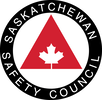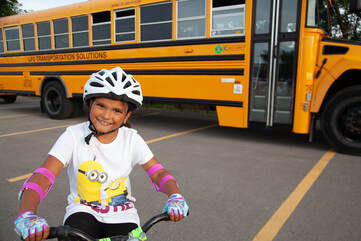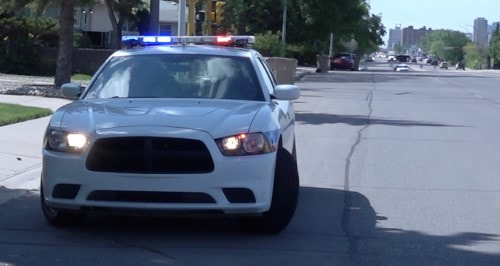Driving through a school zone is more than simply slowing down to 30 km/h. It also requires a strong layer of attention and patience, which are most effective when they are working hand in hand. This gives drivers the ability to better react to a potentially sudden situation. A child can be injured just as severely by a car driving at 30 km/h as one moving at 50km/h however the reduced speed gives the driver much more control of the vehicle and the ability to pay more attention to the surroundings. An excellent safe practice is to create a wider school zone area than that of the posted 30km/h signs. You don’t necessarily have to slow down (it would be great if you did) but widening the zone by a few blocks has many benefits. You mentally prepare yourself before entering the actual school zone instead of spending the first block paying your attention to slowing down. As well, children are walking to and from school much farther away than the school zone so you’re creating an even safer environment for them to walk in. This is especially important during the winter season. Keep in mind the attention of a child can be very narrow. While they understand safety rules and procedures, such as looking both ways before crossing a street, they may not be able to see a potential problem as far ahead as an adult. Therefore, it is up to the driver to take up the responsibility and make sure we’re ready for anything that can happen in a school zone. Slow down, pay attention, and make safety the right choice. School Buses School buses are a unique vehicle on the road. They make frequent stops, often in places that other vehicles don’t such as railway crossings. They have access to areas that we aren’t used to accounting for in normal traffic flow which can catch us by surprise. They also have a lot of lights and signs that can be confusing for other drivers to understand what exactly to do since there are different models of school buses and different laws that apply to them. If we aren’t prepared for all of the extra possible scenarios a school bus can present to us, then the chances of an incident increase. The best way to start preparing yourself is to know the school bus laws. Each city, town and village has their own bylaws for school buses so if you move to a new area, check with City Hall for clarification. For Regina and Saskatoon, the use of flashing safety lights and bus stop arms are prohibited. While this seems odd, there are actually very good reasons for this. As Sgt. Koroluk from the Regina Police Service states:
Another way to adjust your driving during the school season is to leave 5-10 minutes earlier than normal for work for the first few weeks of September. This will give you that extra time to deal with increased traffic in school zones and to compensate if you have school buses in front of you that make frequent stops. If you find after those few weeks that there isn’t any interruption, then go ahead and take back those extra 10 minutes of sleep! Not only will making this time adjustment make sure you get to work on time, it also ensures that you keep calm during your drive. If a school bus is holding you up and making you late for work, your stress level will increase. You might accelerate quickly around a bus or speed above the limit after the bus isn’t in front of you which greatly increases your chance of a traffic incident. Then you’ll be late for work and you potentially injure someone. Take the time to plan for the increased traffic changes from school buses. Students, parents, and bus drivers will all appreciate you for it. A popular practice for the police during the school year is to set up speed radars in school zones. It is a pretty sure bet that every school zone in your city or town will see a police setup within the first few weeks of the school year.
A vehicle takes a longer distance to stop even at slightly higher speeds. A simple concept, yes, but it’s more than you may know.
According to Forensic Dynamics Inc., here is the stopping distance for vehicles travelling at 40/50/60 km/h in ideal conditions: 40 km/h = 8.6 meters 50 km/h = 14.05 meters 60 km/h = 20.24 meters These numbers, of course, can vary depending on the type of vehicle, tires, etc. however the point is that even from 40 to 50 km/h there is a significant difference in how long it takes your vehicle to stop. It would be a true achievement if a school zone speed radar blitz issued zero tickets. That is the goal of the police service and it should be everyone else’s goal as well to make safety the right choice and not speed. Comments are closed.
|
Archives
November 2023
Categories
All
|



 RSS Feed
RSS Feed
